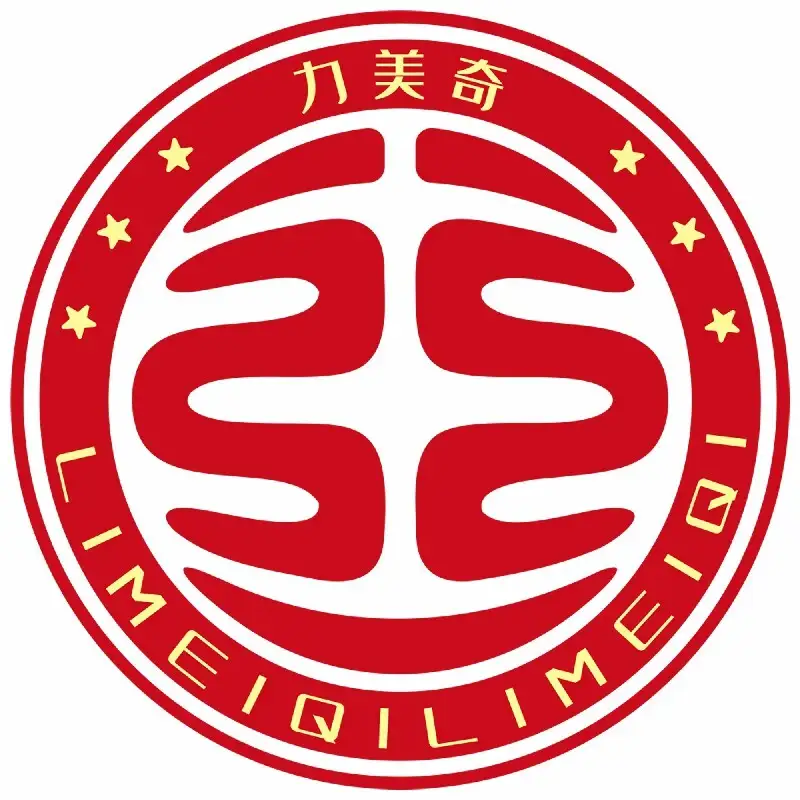Difference in Regulatory Compliance for Carnival Swing Ride for Sale
Hey there, park enthusiasts and ride operators! Have you ever wondered about the rules and regulations that ensure your favorite carnival swing ride is both thrilling and safe? Join us as we explore the regulatory compliance maze for carnival swing rides in different regions.
Why Regulatory Compliance Matters
Safety standards and local regulations are crucial for ensuring that your swing ride is a fun experience for riders of all ages. Compliance with these regulations can mean the difference between a thrilling ride and a potential hazard. Let's break down what these regulations entail and why they matter.
Key Components of Regulatory Compliance
From safety standards to environmental impact assessments, there are several key components that need to be met for a carnival swing ride to be compliant. These components ensure that the ride is not only safe but also sustainable and accessible.
A. Safety Standards
Lets start with the basics: safety standards. These include ensuring the ride is structurally sound, that all materials are of high quality, and that emergency exits are accessible. Compliance with standards like ANSI and ISO is essential.
B. Licensing Requirements
Operators must obtain a license to operate the swing ride. This process involves proving that the ride meets all safety and operational criteria. The specifics can vary by region, so its important to check local requirements.
C. Environmental Impact Assessments
Ensuring that the ride does not harm the environment is another crucial aspect. Operators need to consider noise levels, vibration, and any potential impacts on the surrounding ecosystem.
Regional Variations
Regulatory requirements differ significantly across regions. Understanding these differences is crucial for operators to ensure compliance in various markets.
A. North America
In North America, safety regulations are particularly strict due to a higher risk of accidents involving children. Noise and vibration levels are also closely monitored.
B. Europe
In Europe, regulatory requirements often align with EU standards, but countries may have additional local regulations. Focus is on safety, environmental impact, and reducing noise levels.
C. Asia-Pacific
In Asia-Pacific regions, regulations vary by country. Safety and material quality standards are enforced, and there may be additional requirements for environmental sustainability.
Safety Standards and Compliance
ANSI and ISO standards play a vital role in ensuring the safety of carnival swing rides. These standards cover a wide range of topics, including safety equipment, structural integrity, and emergency exit compliance. Compliance certificates from regulatory authorities are often required.
Market Trends and Regulatory Evolution
As the demand for carnival attractions grows, so do the regulatory requirements. Staying up-to-date with the latest trends and regulations is essential for operators. This includes understanding changes in safety standards, licensing requirements, and environmental regulations.
Real-World Examples
Let's look at a few real-world examples to illustrate the differences in regulatory compliance:
Location A: Stricter Regulations
In Location A, the regulatory requirements are strict. Operators must obtain a license and meet extensive safety standards. Noise and vibration levels must be managed to meet local regulations.
Location B: Less Stringent Requirements
In Location B, the requirements are less stringent. While operators must still comply with safety standards, noise and vibration levels are not as heavily regulated.
Challenges and Solutions
A. Design and Manufacturing Challenges
Designing a compliant swing ride while maintaining quality and cost-effectiveness is a balancing act. Careful planning and coordination are essential to meet all regulatory requirements.
B. Regulatory Non-Compliance Consequences
Non-compliance can lead to fines, legal issues, and loss of market share. Operators must ensure they meet all regulations to avoid these consequences.
C. Strategies for Compliance
Consulting local experts, leveraging technology for compliance tracking, and staying informed about changes in regulations can help operators achieve compliance.
Key Takeaways
- Understand the Basics: Know the key safety standards and local regulations that apply to your swing ride.
- Stay Informed: Keep up with market trends and regulatory changes.
- Consult Experts: Work with local experts to ensure compliance.
- Safeguard Your Ride: Prioritize safety and sustainability in your operations.
Final Words
Navigating the regulatory maze for carnival swing rides can be complex, but with the right approach, you can ensure your ride is both thrilling and compliant. Stay informed, consult the right experts, and prioritize safety and sustainability. Happy operating!
-
-
-
3.2B. Europe
-
-



